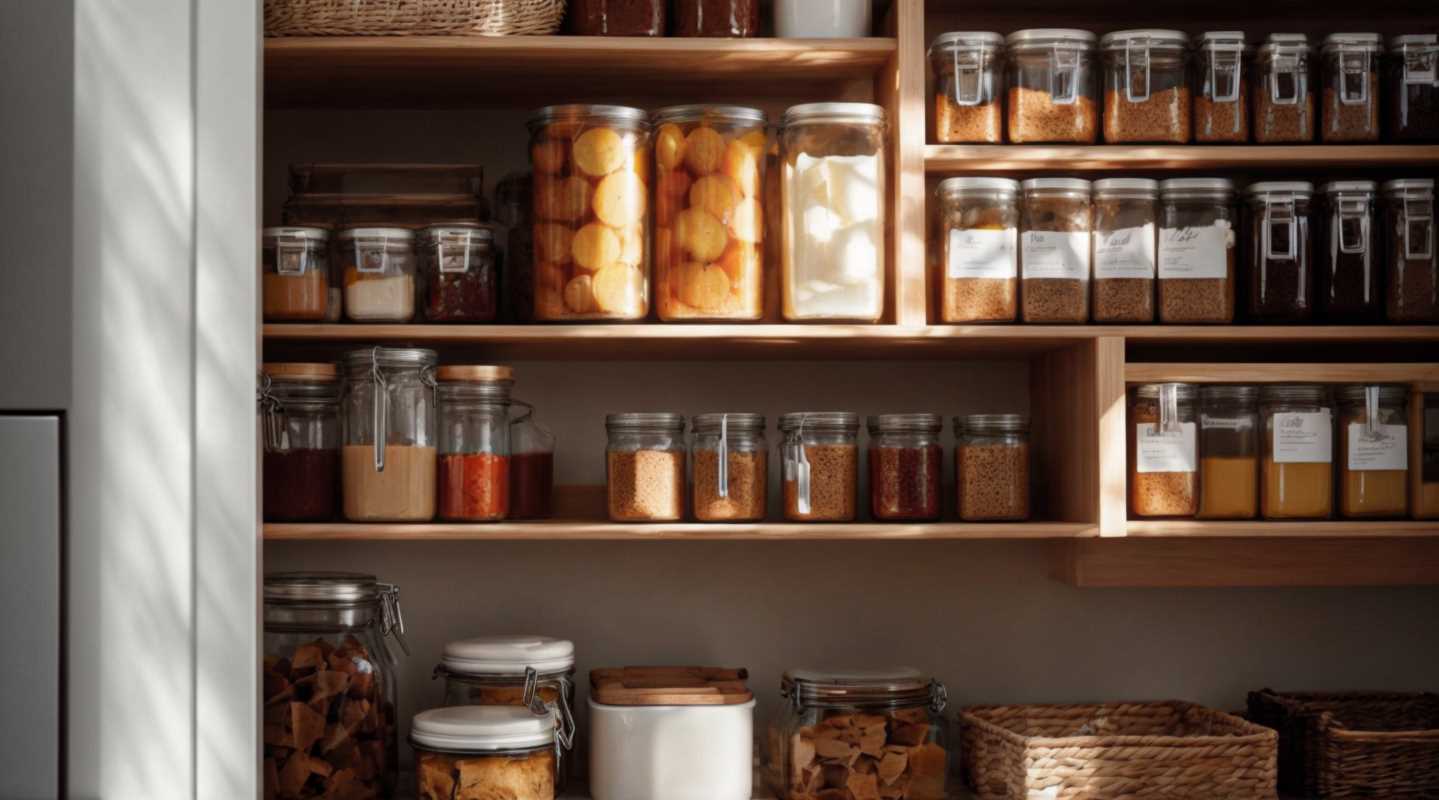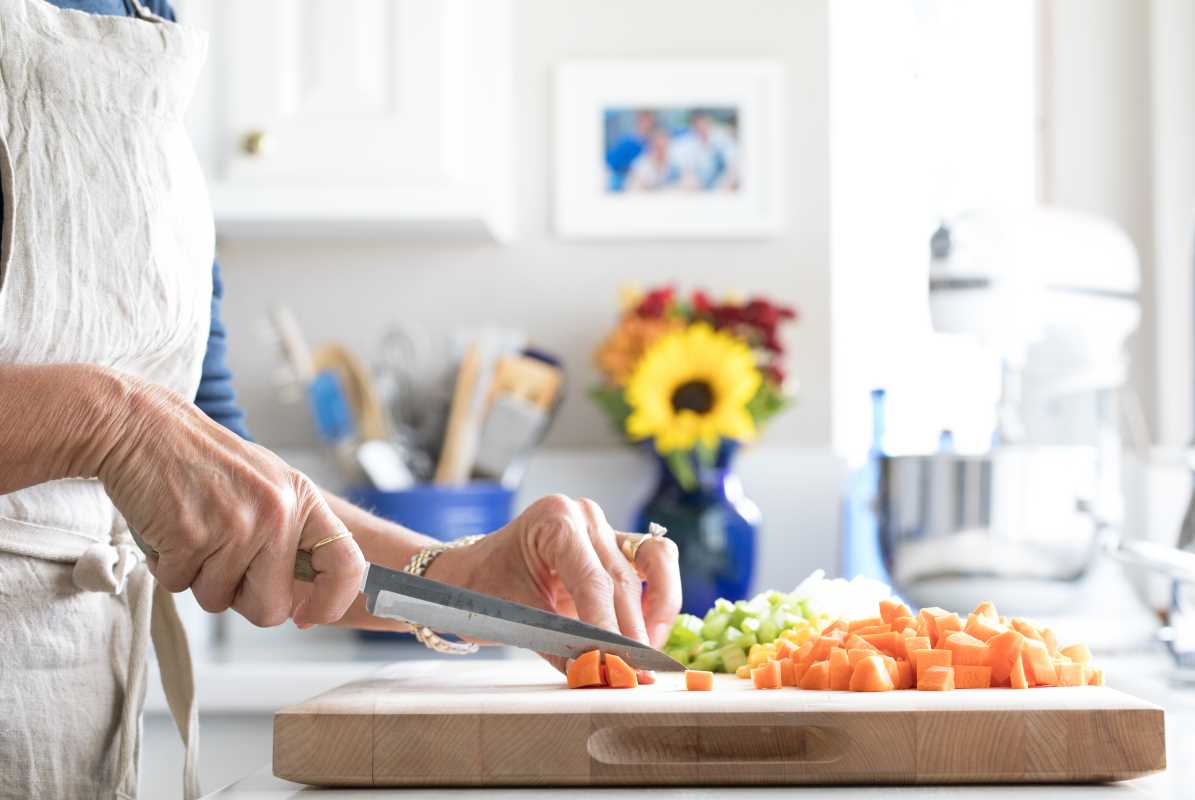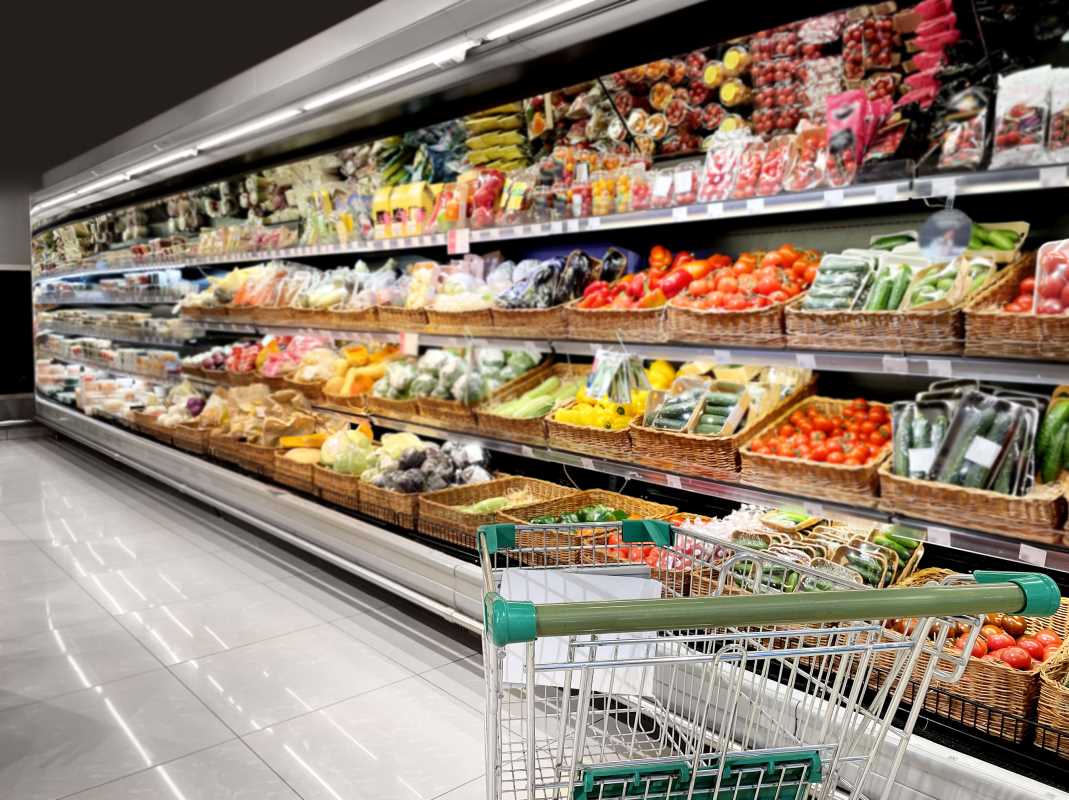Imagine transforming those odds and ends lurking in your kitchen into mouthwatering snacks. Not only does this practice help you save money, but it also plays a crucial role in adopting a more sustainable way of living. By cleverly reimagining everyday kitchen scraps, you minimize waste and promote an eco-conscious approach to your snacking habits. This journey into creativity in the kitchen opens up a world of possibilities, where bits and pieces that might have been discarded are given new life as delightful treats. Let’s dive into the art of turning leftovers into something truly extraordinary!
Understanding Kitchen Scraps
Kitchen scraps are the leftover parts of fruits and vegetables that don’t make it to the plate. This includes things like carrot tops, apple cores, banana peels, and even stale bread. Instead of tossing these pieces into the trash, you can repurpose them into useful and delicious snacks. By understanding what qualifies as kitchen scraps and how you can use them, you minimize waste and make the most out of your meals.
Kitchen scraps can serve as valuable ingredients in various recipes, adding unique flavors and textures to your snacks. Embracing this concept helps reduce food waste and encourages creativity in the kitchen, allowing you to experiment with new recipes and techniques.
Eco-Friendly Benefits
Using kitchen scraps for snacks provides significant environmental advantages. It reduces the amount of waste sent to landfills, decreasing methane emissions—a potent greenhouse gas. This practice lowers your carbon footprint by minimizing the demand for new food production, which often involves extensive resource use like water and energy. Supporting this practice promotes a more mindful and responsible relationship with the food you consume.
Repurposing kitchen scraps contributes to a circular economy where nothing goes to waste, and every part of the food is utilized effectively. This approach encourages creativity in the kitchen and builds habits that lead to broader environmental benefits, such as reduced deforestation and less strain on agricultural systems.
Creative Snack Ideas
Turning kitchen scraps into tasty snacks can be both fun and rewarding. Here are some creative ideas to get you started:
- Veggie Chips: Use leftover carrot tops, kale stems, or beet greens to make crispy veggie chips. Simply season them with your favorite spices and bake until crunchy.
- Fruit Leather: Blend fruit cores and peels, then spread the mixture thin on a baking sheet to create homemade fruit leather—perfect for a sweet treat.
- Stale Bread Croutons: Turn day-old bread into crunchy croutons by tossing them with olive oil, garlic, and herbs before toasting.
- Banana Peel Jerky: Marinate banana peels in your choice of spices and dehydrate them to create a unique, chewy snack.
- Apple Core Energy Bites: Mix apple cores with oats, nuts, and a bit of honey to form energy-packed bites.
These eco-friendly kitchen scraps can become creative and nutritious snacks that satisfy your cravings while helping the planet.
Step-by-Step Snack Recipes
Here are a couple of simple recipes to get you started:
Homemade Veggie Chips
- Preheat your oven to 350°F (175°C).
- Gather your vegetable scraps, such as carrot tops, kale stems, or beet greens, and wash them thoroughly.
- Pat the vegetables dry with a clean towel to remove excess moisture.
- Toss the vegetables in a bowl with a small amount of olive oil, salt, and your favorite spices.
- Spread the vegetables in a single layer on a baking sheet lined with parchment paper.
- Bake for 15-20 minutes, or until the vegetables are crispy and slightly browned.
- Remove from the oven and let them cool before enjoying your crunchy, eco-friendly snack.
Banana Peel Jerky
- Collect banana peels from ripe bananas and rinse them under cold water to remove any residues.
- Slice the banana peels into thin strips using a sharp knife or a mandoline slicer.
- Prepare a marinade by mixing soy sauce, garlic powder, and a bit of maple syrup in a bowl.
- Place the banana peel strips in the marinade, ensuring they are fully submerged. Let them soak for at least 30 minutes.
- Preheat your oven to 200°F (93°C) or set your dehydrator according to manufacturer instructions.
- Arrange the marinated banana peels on a baking sheet lined with a silicone mat or parchment paper.
- Bake in the oven for 2-3 hours, checking periodically until the peels are dry and chewy.
- Let the jerky cool completely before storing it in an airtight container. Enjoy your sustainable, protein-rich snack!
Reducing Waste in the Kitchen
Reducing waste in your kitchen goes hand-in-hand with creating snacks from kitchen scraps. By adopting a few simple habits, you can significantly decrease the amount of food that ends up in the trash. Here are some practical tips to help you minimize kitchen waste:
- Plan Your Meals: Plan your weekly meals and shopping list to avoid buying more than you need. This helps ensure that all purchased items are used before they spoil.
- Proper Storage: Store fruits and vegetables correctly to extend their shelf life. For example, keep leafy greens in airtight containers and store potatoes in a cool, dark place.
- Use the Whole Ingredient: Utilize every part of the produce you purchase. For instance, use broccoli stems in stir-fries or carrot tops in pesto.
- Compost Scraps: If you still have kitchen scraps that you can’t use for snacks, consider composting them to enrich your garden soil.
- Monitor Expiry Dates: Regularly check your pantry and refrigerator for items nearing their expiration dates and prioritize using them in your meals and snacks.
Implementing these habits reduces waste and complements the practice of turning kitchen scraps into delicious, sustainable snacks.
Creating snacks from kitchen scraps promotes sustainability and offers delicious, innovative treats. Start experimenting today to benefit both your kitchen and the environment!
 (Image via
(Image via





